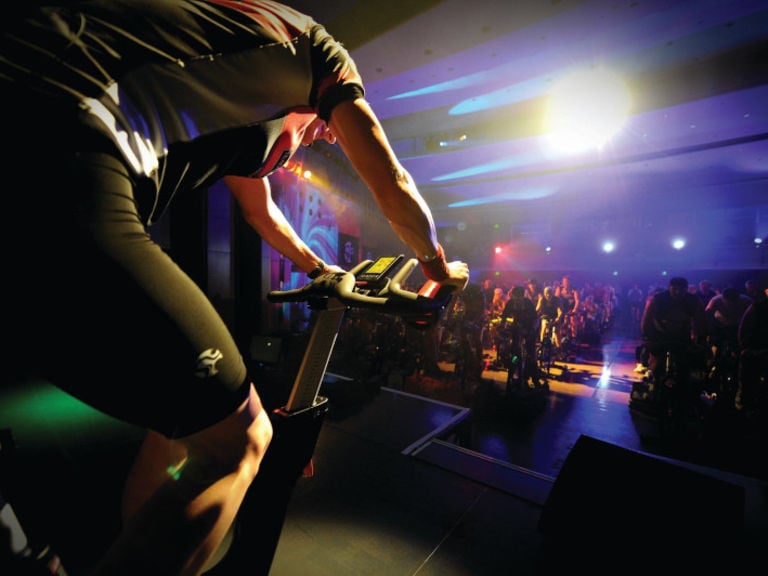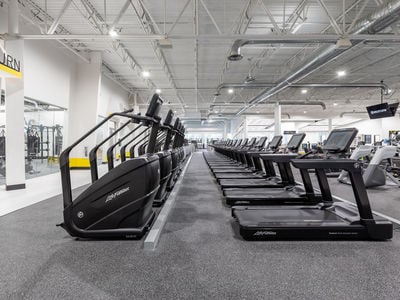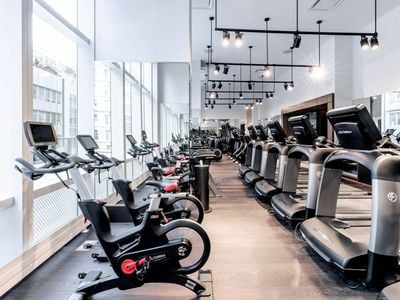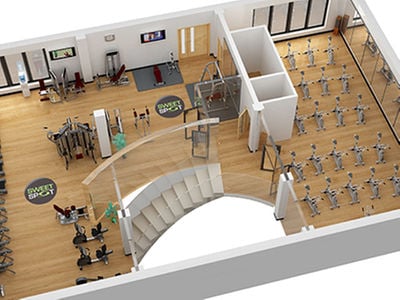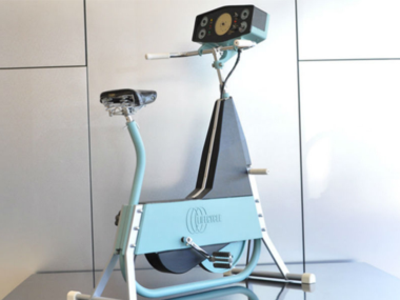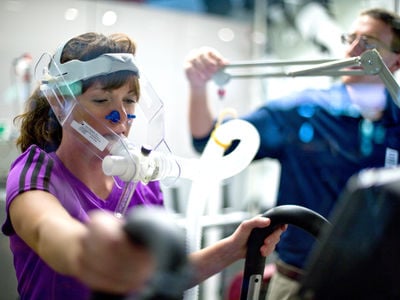Regular exercise may slow brain deterioration.
Australia has an aging population and the more we can do to keep ourselves fit and healthy as we age, the better off we will be.
A new study from the US has found that older people who regularly exercise may have bigger brains than inactive people of the same age.
At this moment in time, when we’re all in need of alternate forms of exercise, this is good news for people of all ages.
The study was due to be presented at the American Academy of Neurology’s 72nd Annual Meeting in Toronto, Canada in late April.
For the purposes of the study, exercise included walking regularly, hardening, swimming and dancing.
The study
Researchers from the American Academy of Neurology used MRI scans to measure more than 1500 older people across a range of activity levels.
The participants in the study had an average age of 75 and their activity levels ranged from inactive to very active. The researchers divided the participants into three groups: inactive; somewhat active (who performed some kind of weekly physical exercise); and very active (who performed a high amount of weekly physical exercise).
Additionally, the participants undertook physical tests, as well as cognitive and memory tasks. They also completed questionnaires about their daily physical activity.
The results
The MRI results showed that the most active group had larger total brain volume than those in the active group.
The researchers discerned that the average brain size of the active group was 12 cubic centimetres or 1.4 per cent bigger than the inactive group. This equates to around four years of brain aging. That is, exercise kept the active group’s brain younger.
“These results are exciting, as they suggest that people may potentially prevent brain shrinking and the effects of aging on the brain simply by becoming more active,” said Dr. Yian Gu, study author.
“Recent studies have shown that as people age, physical activity may reduce the risk of cognitive decline and dementia. Our study used brain scans to measure the brain volumes of a diverse group of people and found that those who engaged in the top third highest level of physical activity had a brain volume the equivalent of four years younger in brain aging than people who were at the bottom third activity level.”
“Our results add to the evidence that more physical activity is linked to larger brain volume in older people,” said Dr. Gu. “It also builds on evidence that moving your body more often throughout one’s life may protect against loss of brain volume.”
Considering what we already know about exercise’s benefits both for the mental and physical effects on brain health, research such as this can only be good news.
Reference
‘Walking, gardening, swimming, dancing may prevent brain shrinkage in older adults.’
American Academy of Neurology. American Academy of Neurology’s 72nd Annual Meeting (2020)






